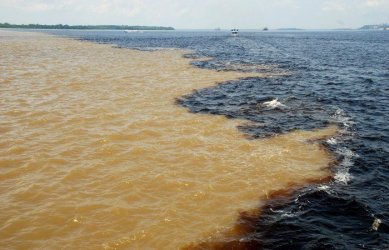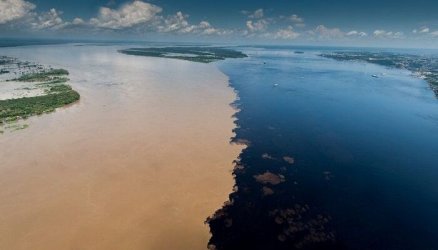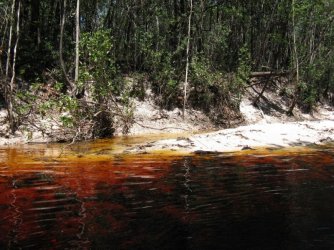Umbra
New Member
Hi again.
I got some driftwood and just finished boiling it. I kind of like the look of darkwater aquariums and I was wondering if it could be worth it to save the water I boiled the wood in since its rreeaalllyyy dark and I can add a bit with my future water changes to darken the water a bit.
would that be alright, or is that a bad idea to save the boiled water? It's definitely sterile now though, after an hour's worth of boiling...
I got some driftwood and just finished boiling it. I kind of like the look of darkwater aquariums and I was wondering if it could be worth it to save the water I boiled the wood in since its rreeaalllyyy dark and I can add a bit with my future water changes to darken the water a bit.
would that be alright, or is that a bad idea to save the boiled water? It's definitely sterile now though, after an hour's worth of boiling...





 ), this video from Amazonas may be of interest. It is episode 4 of a series on Ted Judy's trip to Colombia to fish waters and examine one exporter. It details the export process for altum angels, and Ted suggests that acclimation is likely where these fish fail to make it, primarily because of the parameters. The tank pH is 3.15, the city tap water is 6.5, these are mixed in the shipping bag resulting in a pH of 3.38--and that is how the fish arrive locally. GH and KH are of course zero in all these waters. The collecting trips and the fish farm bit in the prior episodes (linked on the site) may also be of interest. Enjoy.
), this video from Amazonas may be of interest. It is episode 4 of a series on Ted Judy's trip to Colombia to fish waters and examine one exporter. It details the export process for altum angels, and Ted suggests that acclimation is likely where these fish fail to make it, primarily because of the parameters. The tank pH is 3.15, the city tap water is 6.5, these are mixed in the shipping bag resulting in a pH of 3.38--and that is how the fish arrive locally. GH and KH are of course zero in all these waters. The collecting trips and the fish farm bit in the prior episodes (linked on the site) may also be of interest. Enjoy.